Here’s the bottom line. The DA50 RG is a big aircraft with a superb interior. There’s enough useful load to make use of its five seats, and while its cruise numbers are solid, they’re not class leading and you’ll find yourself swapping speed for range if flying a decent distance into Europe. For just north of a million euros you can’t have it all, or more accurately, you can have it all, just not at the same time…
Nobody at Diamond has ever mentioned it to me, but seeing the success of the Cirrus SR22 must have given a few people at the factory in Wiener Neustadt, Austria some sleepless nights.
For years the company has been working on a big single, running through a whole bunch of power plants along the way. The first prototype broke cover 16 years ago. It was known as the DA50 Magnum and was powered by a 350hp FADEC Continental. The aircraft would be getting a ballistic recovery chute, and would be lightly pressurised. I’m told performance was good, but that it needed an awful lot of avgas to make it fast, and even at 2006 fuel prices that was considered just too punchy.
Then came the DA50 JP7, powered by an Ivchenko turbine. I’m told it was both loud and thirsty, and its targeted 2016 certification date came and went. There was an SMA diesel variant, and a lower powered (175hp, I think) Austro engine variant, which I flew from the factory.
It actually had a half-decent low fuel burn cruise, but had we wanted to carry more than two people or enjoy the comfort of an interior (this was a bare carbon prototype), I think the company would have needed a bigger runway.
After all these options, and probably a few more that we never got to hear about, Diamond settled on the 300hp Continental CD300, a twin turbocharged intercooled V6 that recently had its Time Between Replacement (TBR) increased from 1,200 hours to 2,000 hours, and its gearbox life extended by the addition of on-condition monitoring via a simple oil sample.
Building more than one type of aircraft from as many common parts as possible is a sensible Diamond trait, and the DA50 clearly borrows from the company’s flagship DA62 twin. Most of the fuselage, the wing’s centre section, the retractable landing gear, etc are all common, as is the spacious five-seat cabin. The DA62 has an optional seven-seat configuration, but in the DA50 RG you get a lot of luggage space instead.
We’ve been trying to get our hands on a DA50 RG for a while, but thanks to Covid and varying travel restrictions, we only recently managed to grab a flight in G-DOGA out of Enstone.


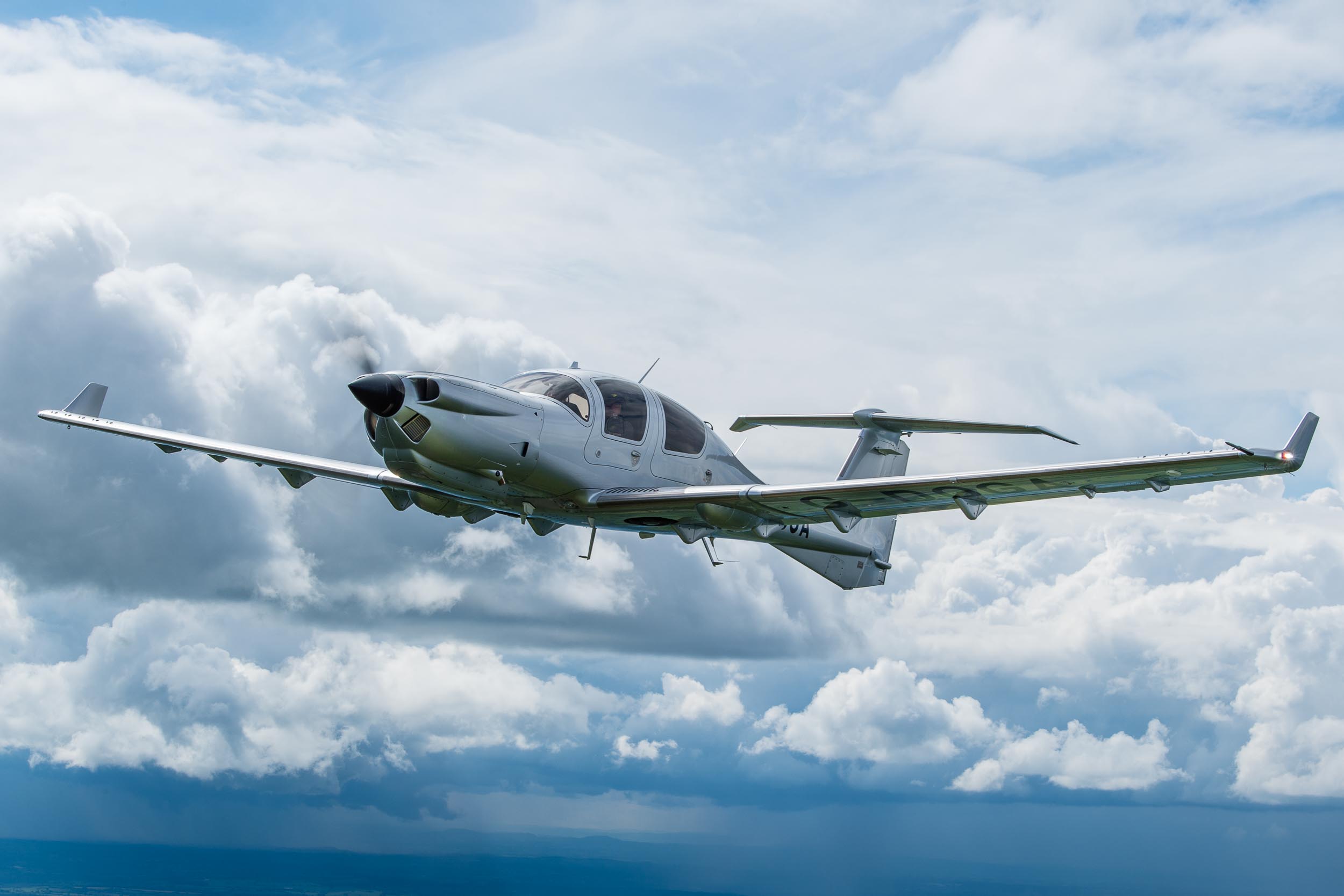
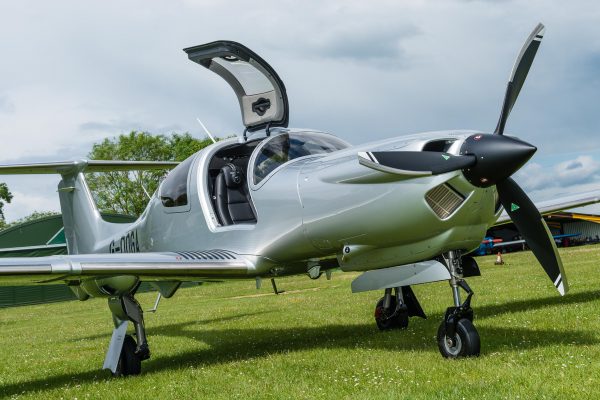
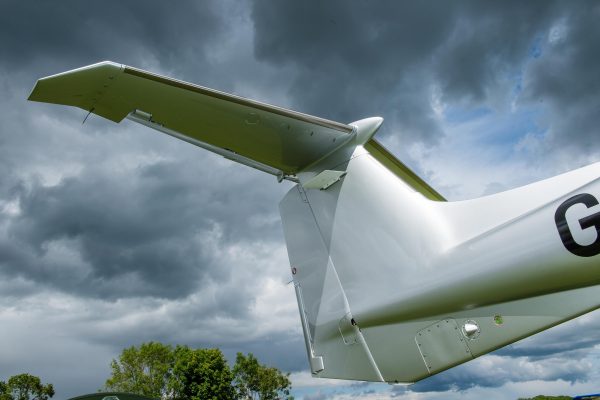
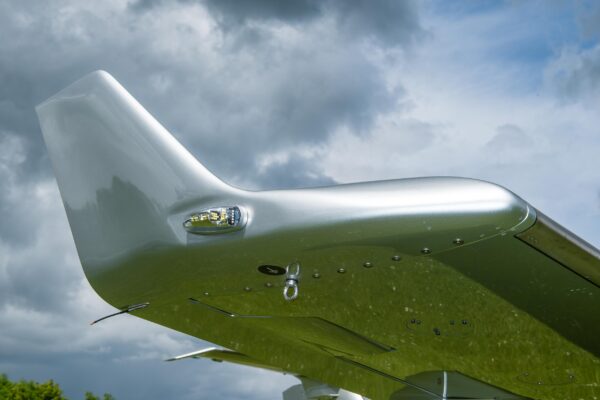
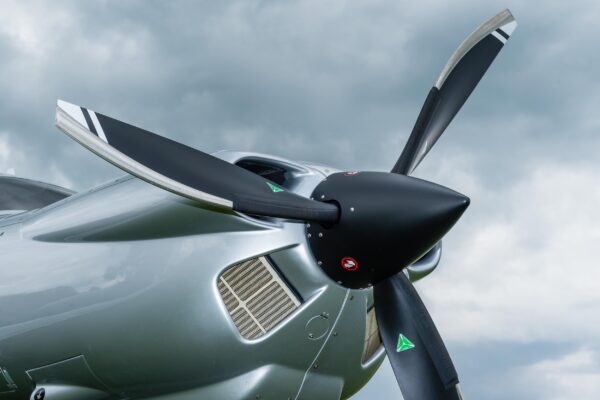
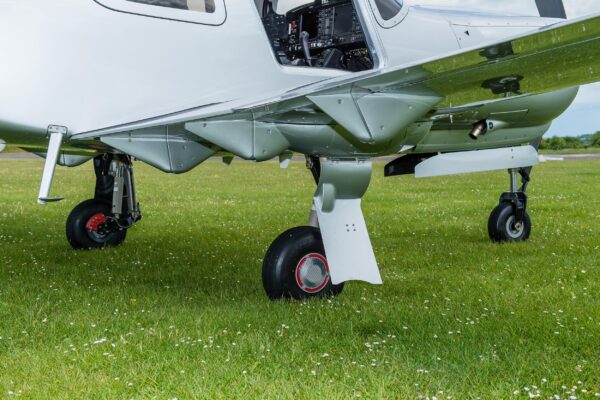
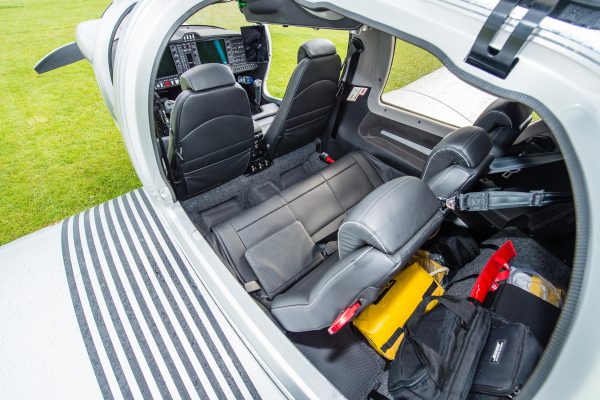
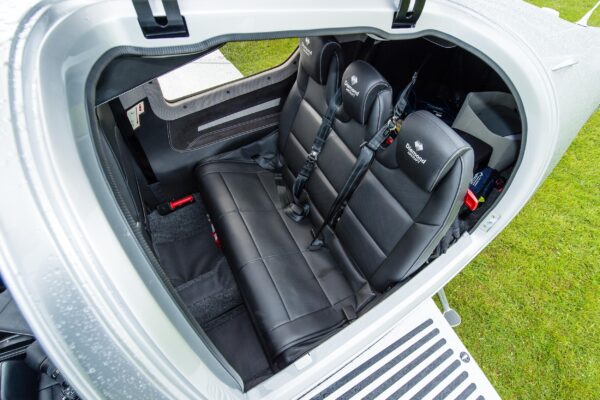
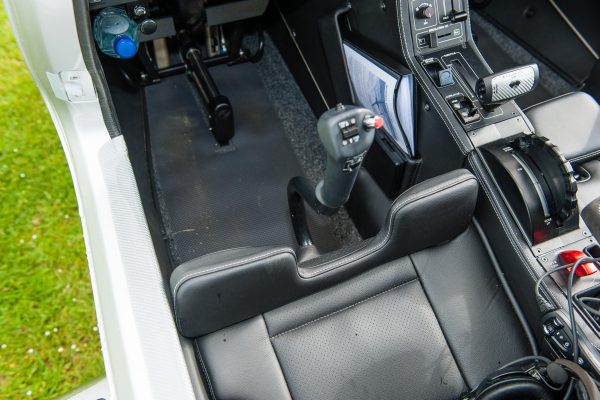
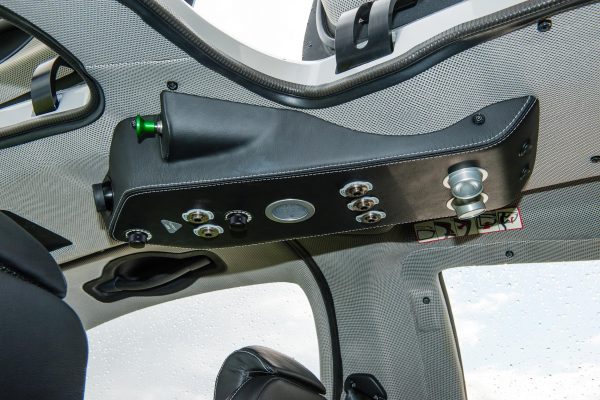
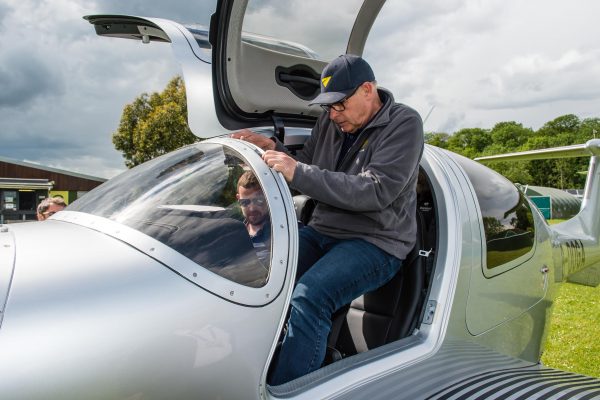

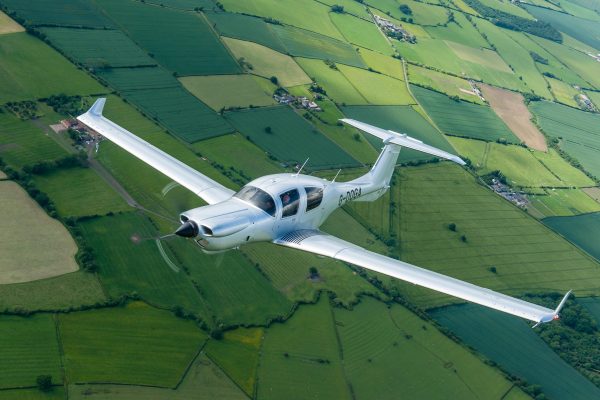
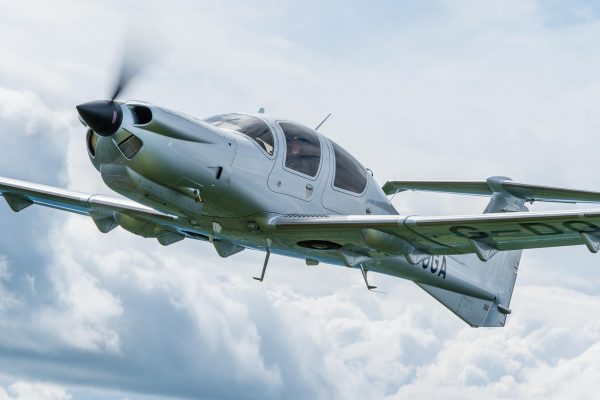
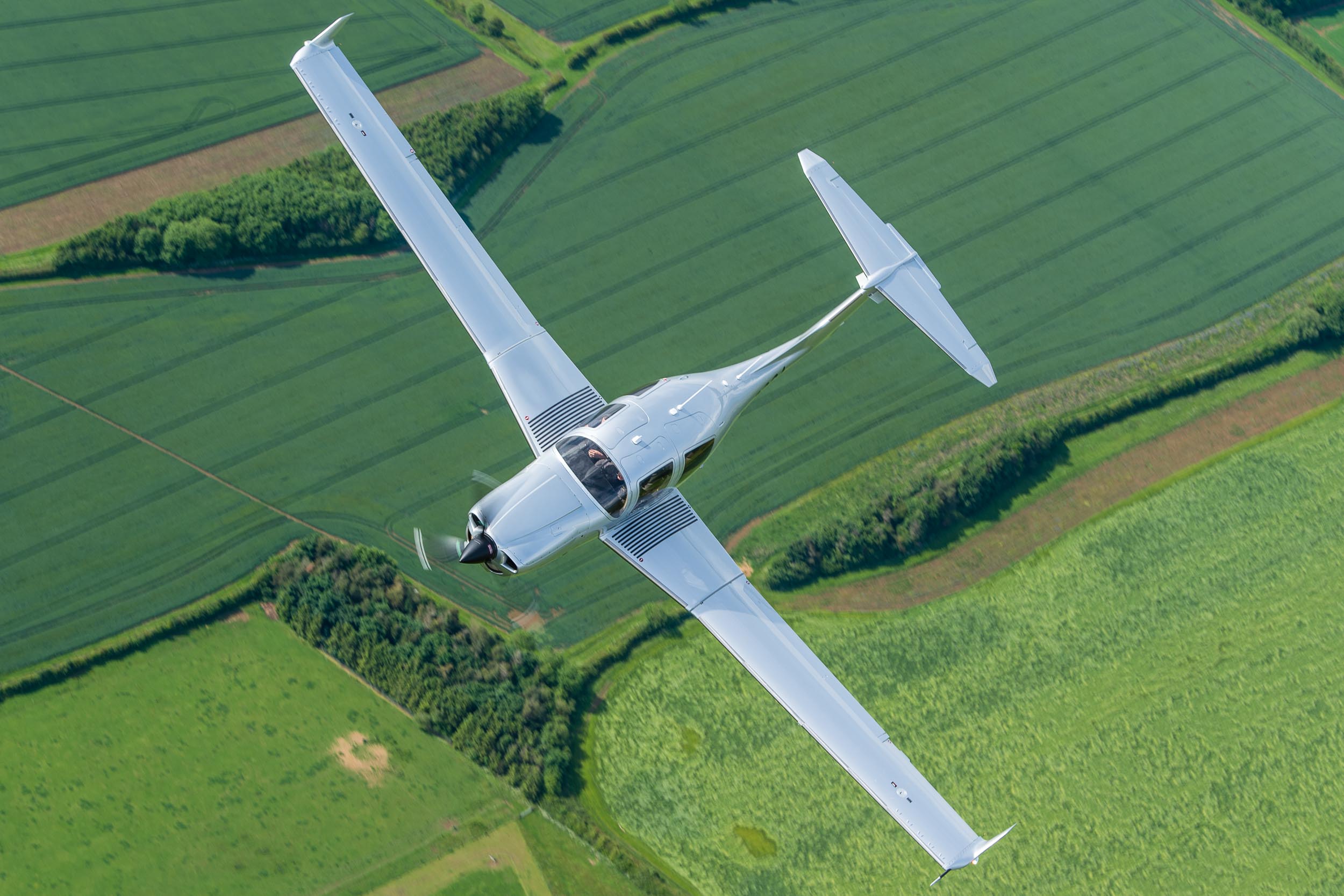
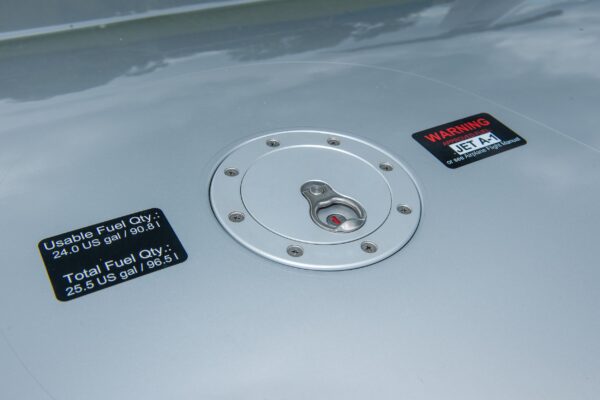
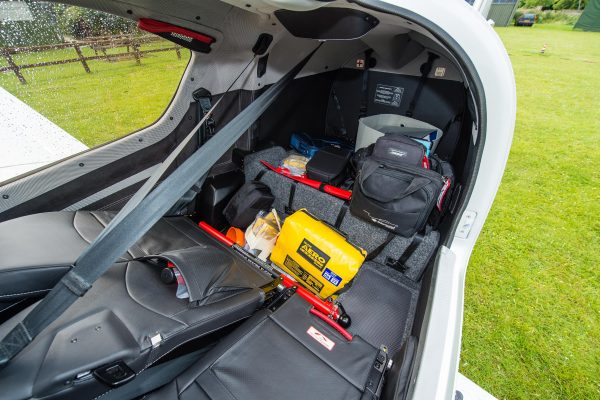
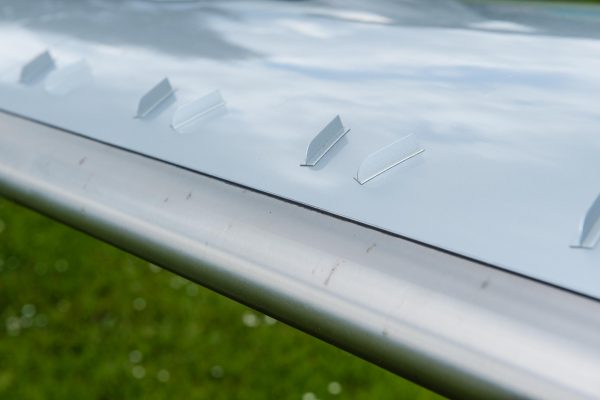
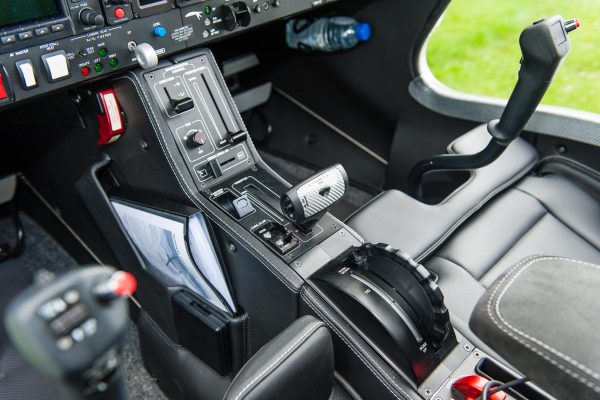
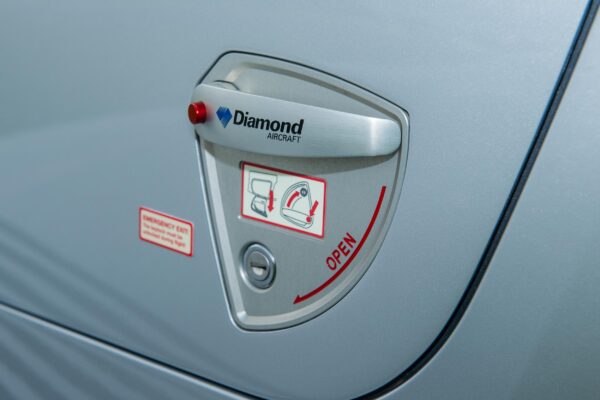
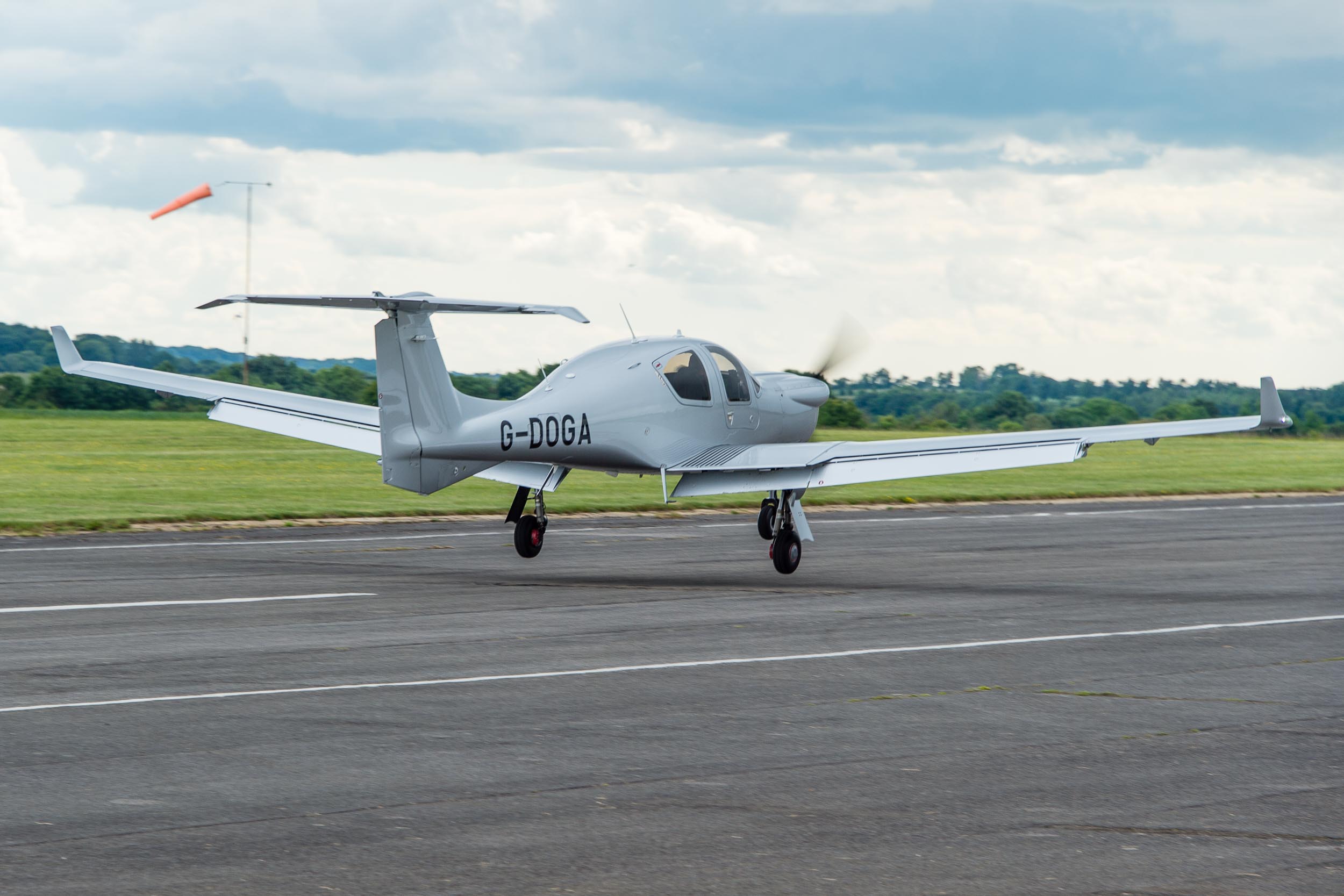

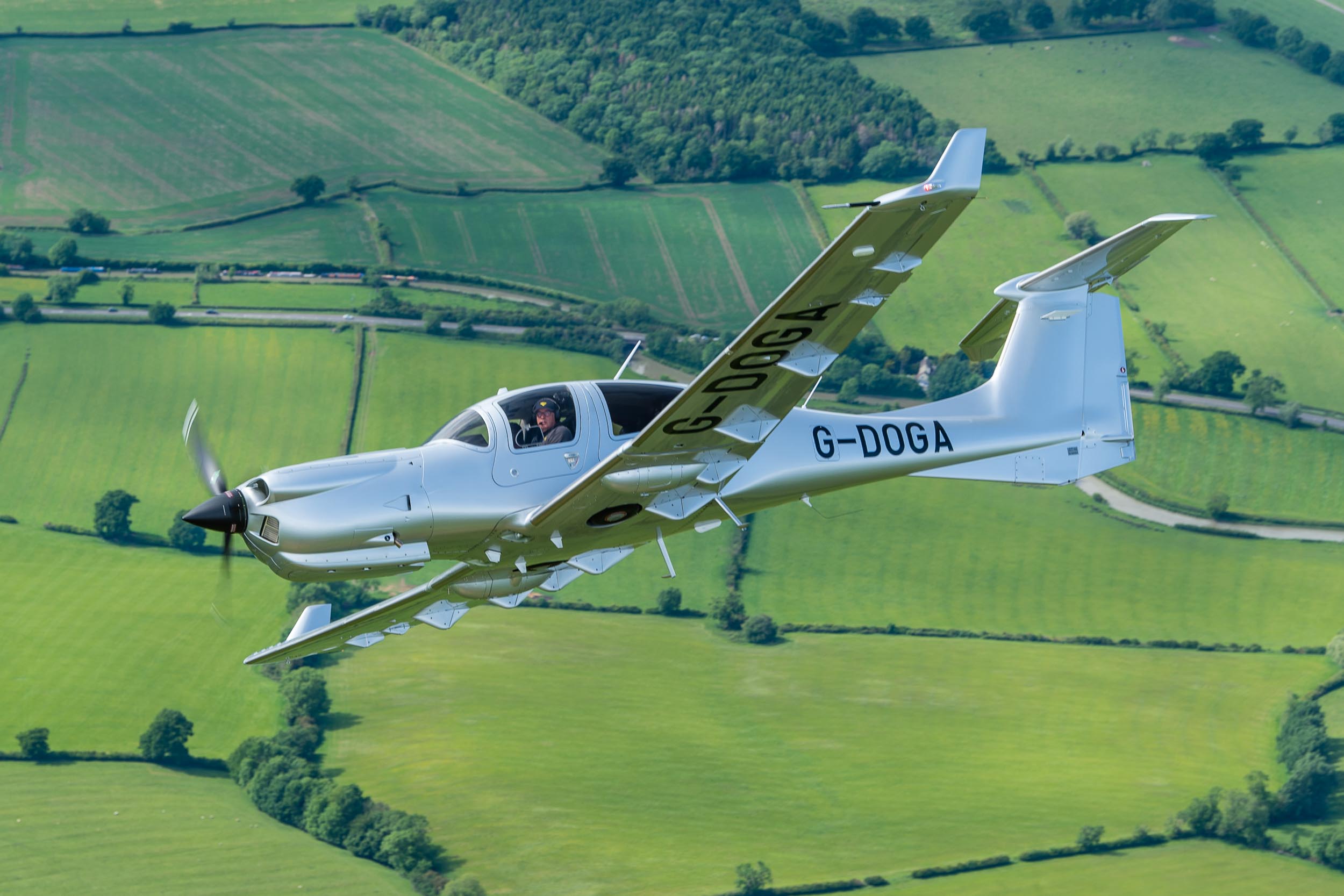
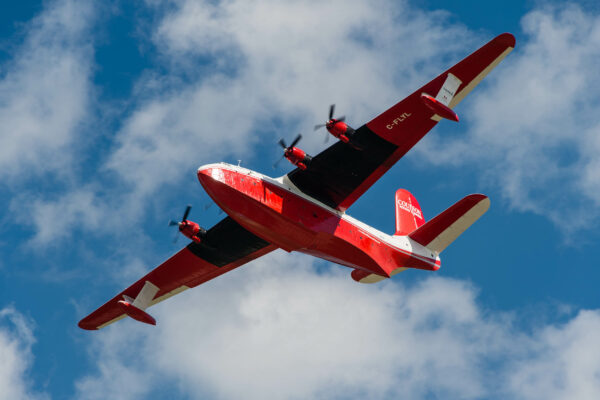
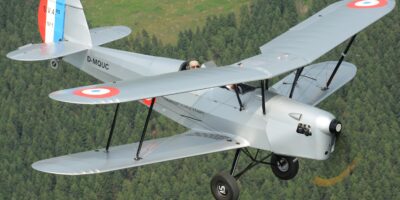
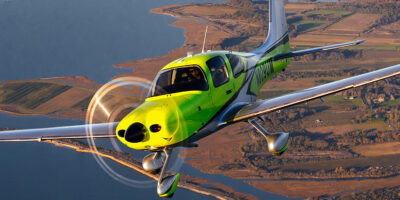
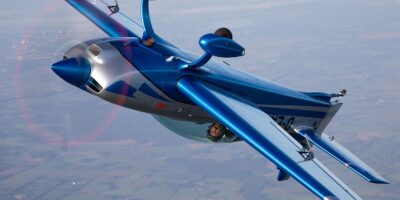
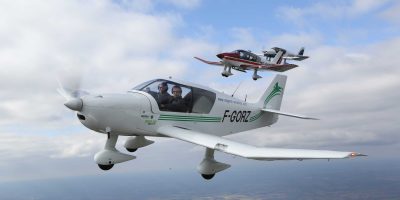
1 comment
5 seats but is that back row big enough for 3 adults? Looks from the photo like it may be a tight squeeze but that may be camera effect?
I’ve also always preferred rudder linked steering. I suppose weight and complexity is a factor.
Of course those wouldn’t be a show-stopper if someone were to offer me one for free ?